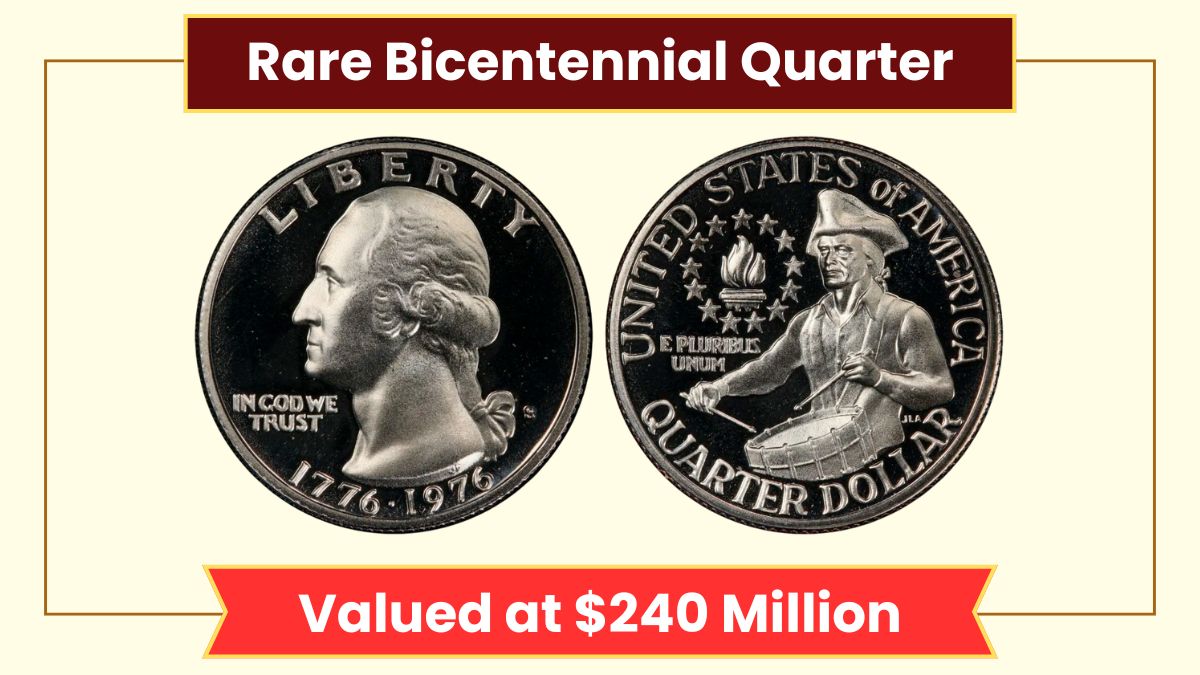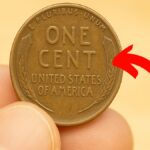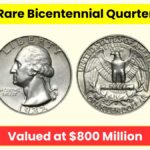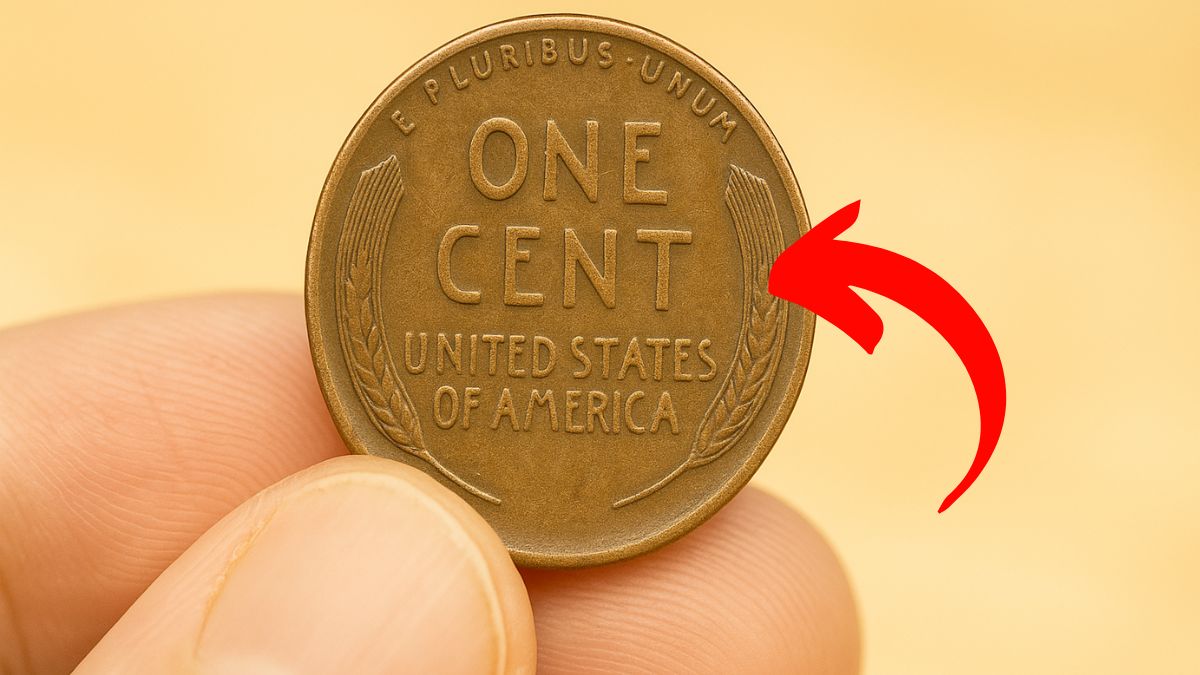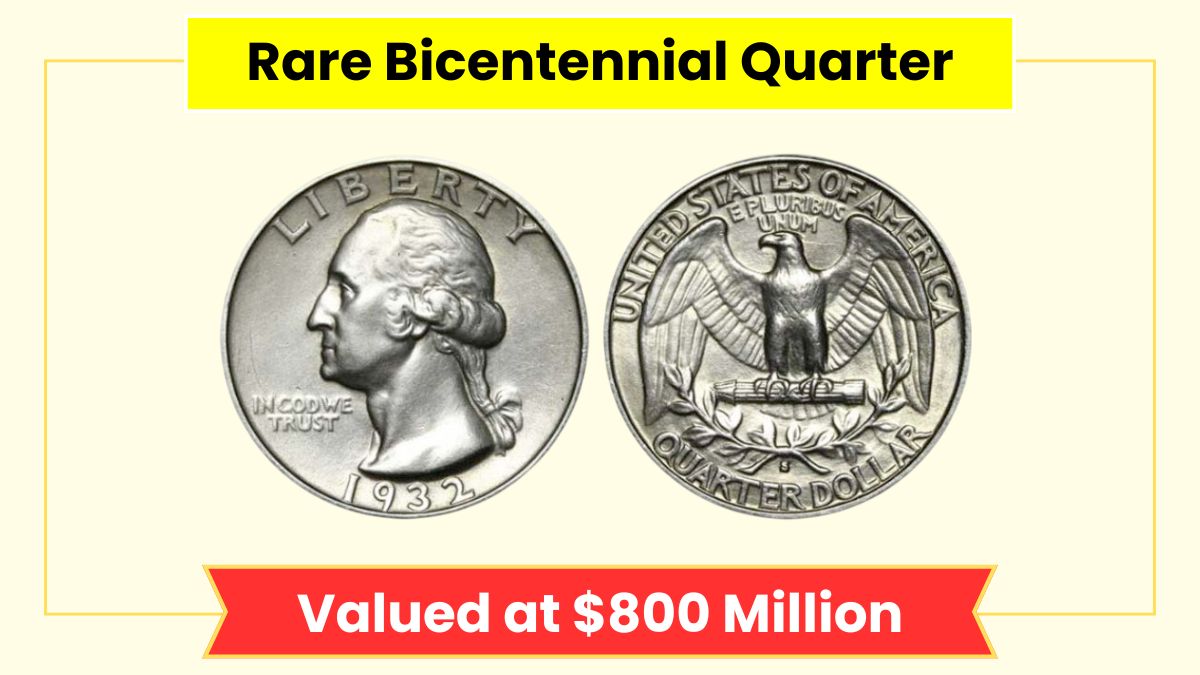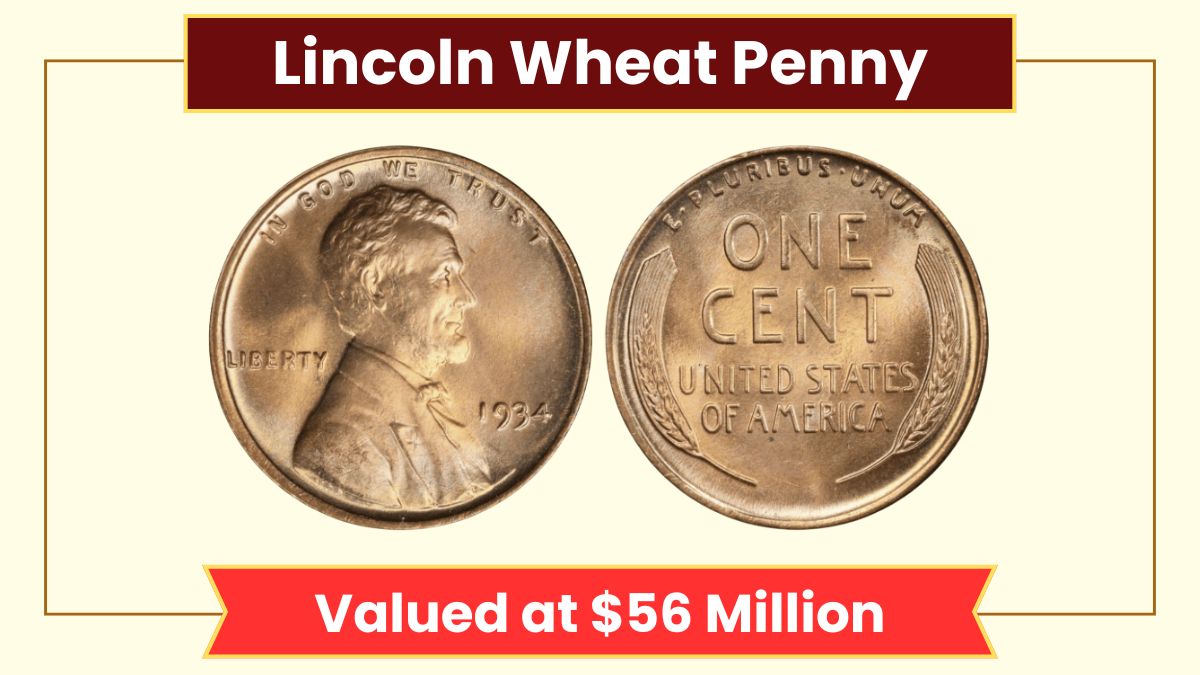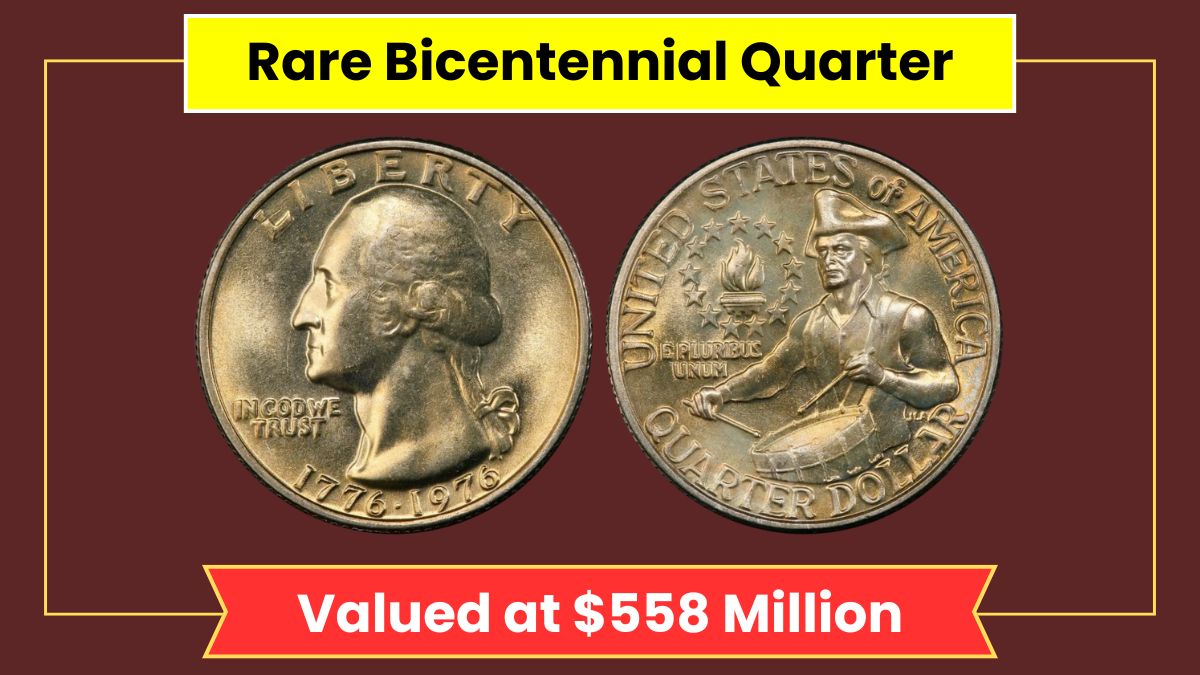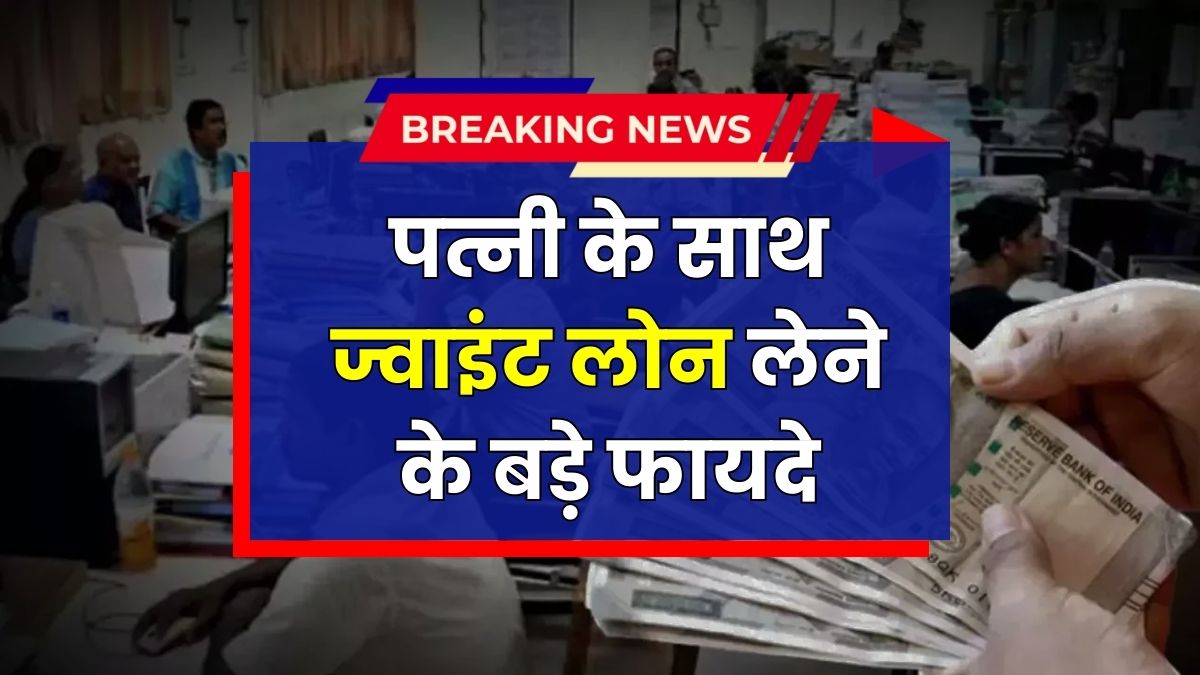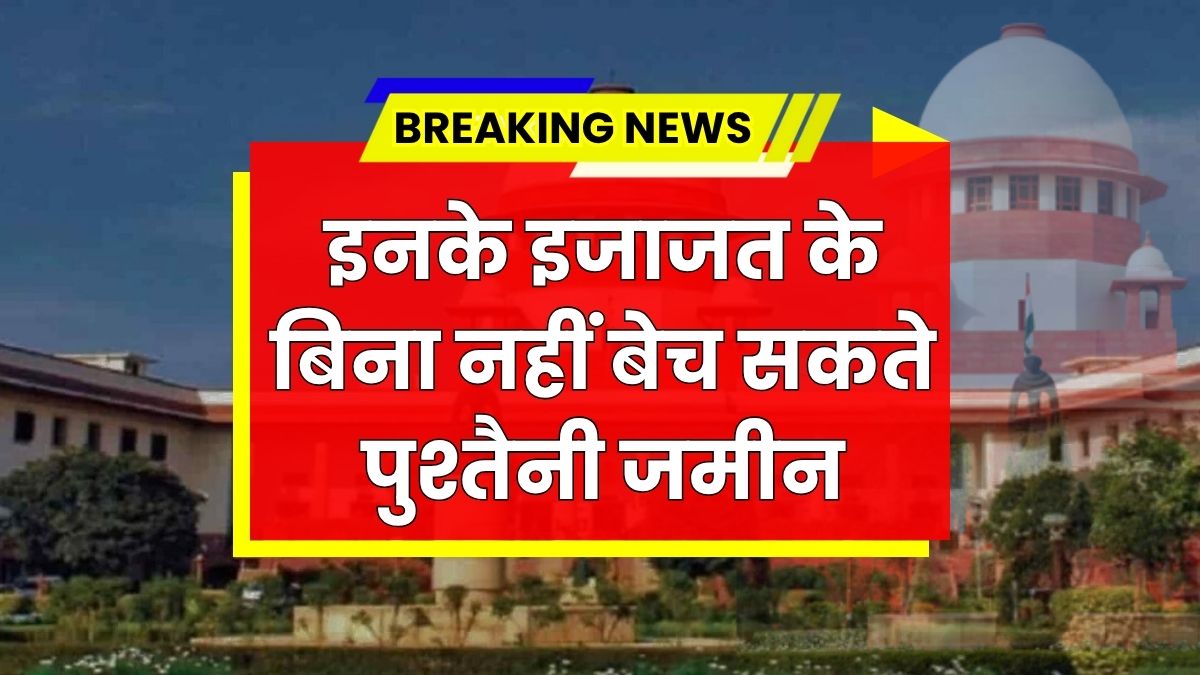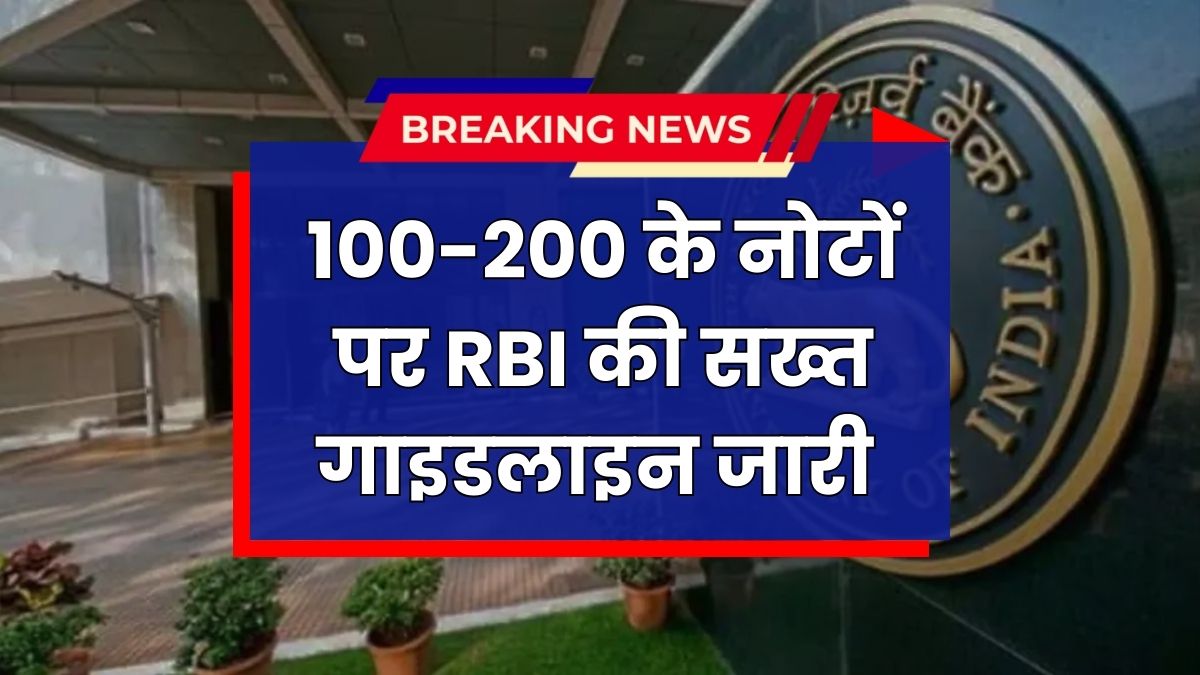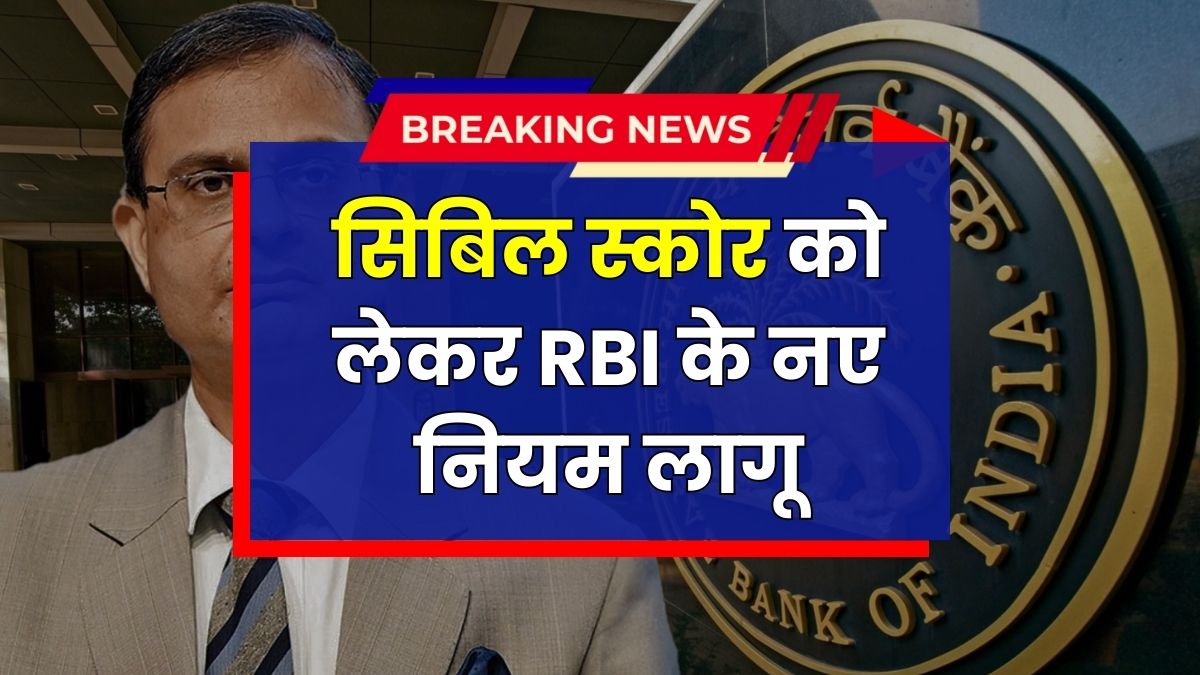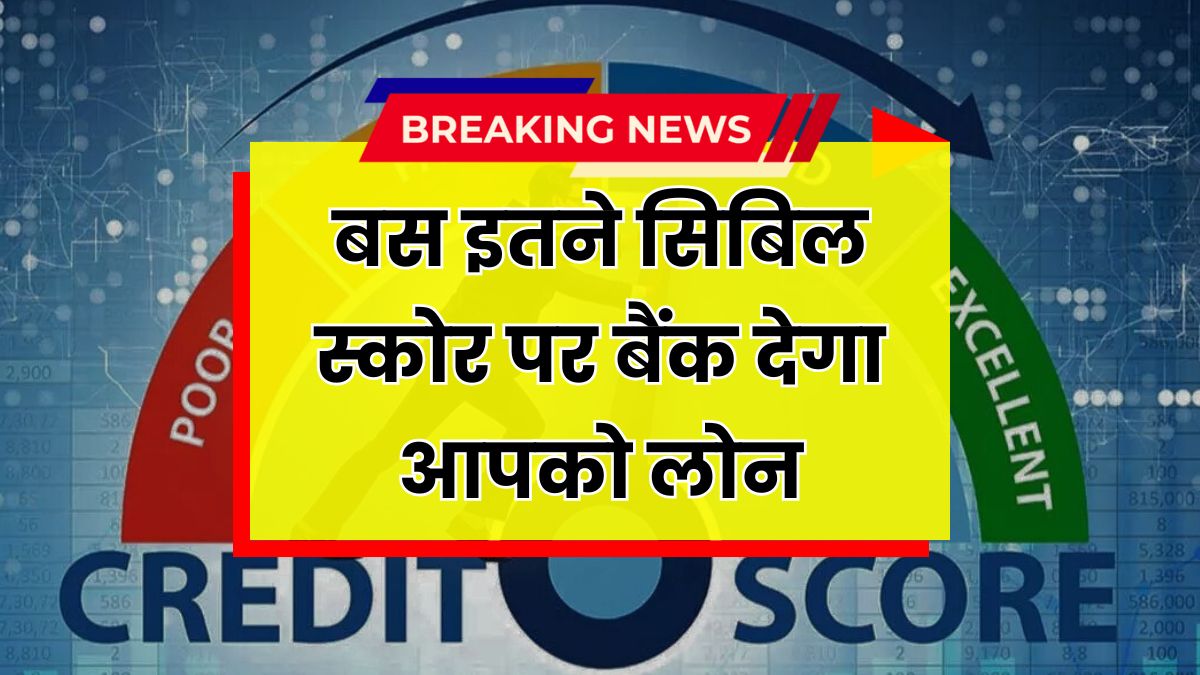It might sound like fiction, but a wave of online interest has brought attention to a rare Bicentennial Quarter rumored to be worth a staggering $240 million. While this number is likely an exaggeration, the idea that such a valuable coin could still be in everyday circulation has many people checking their spare change with a new sense of hope and curiosity. So, is there truth behind the hype?
What Is a Bicentennial Quarter?
The Bicentennial Quarter was released by the U.S. Mint in 1976 to celebrate 200 years of American independence. This special coin has some unique features:
- A double date: “1776–1976” under the portrait of George Washington.
- A Colonial drummer boy on the reverse side, along with a torch surrounded by 13 stars representing the original colonies.
These quarters were produced in massive numbers and are still commonly found in circulation today. However, a small number of rare versions—because of their composition, condition, or minting errors—are highly sought after by collectors.
Why Is This Coin Said to Be Worth $240 Million?
There is no official record of any Bicentennial Quarter selling for $240 million, so this amount is most likely a viral myth. However, the buzz likely comes from the fact that certain rare coins have sold for millions, especially if they are:
- Mint Errors – A coin that was accidentally struck on the wrong metal, double-printed, or misaligned can be extremely valuable.
- Made of Silver – Some Bicentennial Quarters were made from 40% silver and sold in special collector sets. These are worth significantly more than regular copper-nickel versions.
- Graded as MS-70 – This means the coin is in perfect mint state, with no flaws or signs of wear.
- One-of-a-Kind – If a coin is truly unique, its value can soar based on collector demand.
In theory, if a perfect-condition silver Bicentennial Quarter with a major minting error were discovered, it could command an enormous price at a private auction—though $240 million is likely more headline than history.
Is a Rare Quarter Like This Still in Circulation?
Yes, it’s possible. Many valuable coins have been found in places like:
- Old coin jars
- Forgotten collections
- Change from stores
- Bank rolls
Since Bicentennial Quarters were mass-produced, many people don’t take a second look at them—which means a rare one could easily slip through unnoticed.
How to Identify a Valuable Bicentennial Quarter
If you want to check your own quarters, here’s what to look for:
- Date: It must say “1776–1976” on the front.
- Reverse Design: Look for the Colonial drummer boy and the torch with 13 stars.
- Edge: A silver edge (without a visible copper line) could indicate a 40% silver version.
- Weight: Silver coins weigh slightly more—about 5.75 grams.
- Mint Errors: Look for signs like doubling, misalignment, or unusual coloring or metal.
- Condition: The closer the coin is to “mint state” (no scratches, dents, or wear), the higher its potential value.
If your coin meets these criteria, you should have it professionally evaluated.
What to Do If You Think You Found One
- Don’t clean the coin, as it can reduce its value.
- Place it in a protective coin holder to avoid damage.
- Have it graded by a professional service like PCGS or NGC.
- Contact a trusted coin dealer or auction house if the coin is confirmed rare.
Conclusion: A Small Coin, a Massive Possibility
The idea of a Bicentennial Quarter worth $240 million may be inflated, but it reminds us that coins can hold extraordinary value—especially if they’re rare, flawed, or perfectly preserved. Whether or not the mythical $240 million quarter exists, one thing is certain: your spare change could be more valuable than you think. So next time you come across a 1976 quarter, don’t toss it aside—you could be holding a treasure.
Disclaimer: The value of coins mentioned in this article is based on market trends and collector interest, and is not guaranteed. Always consult a professional appraiser for accurate valuation.
